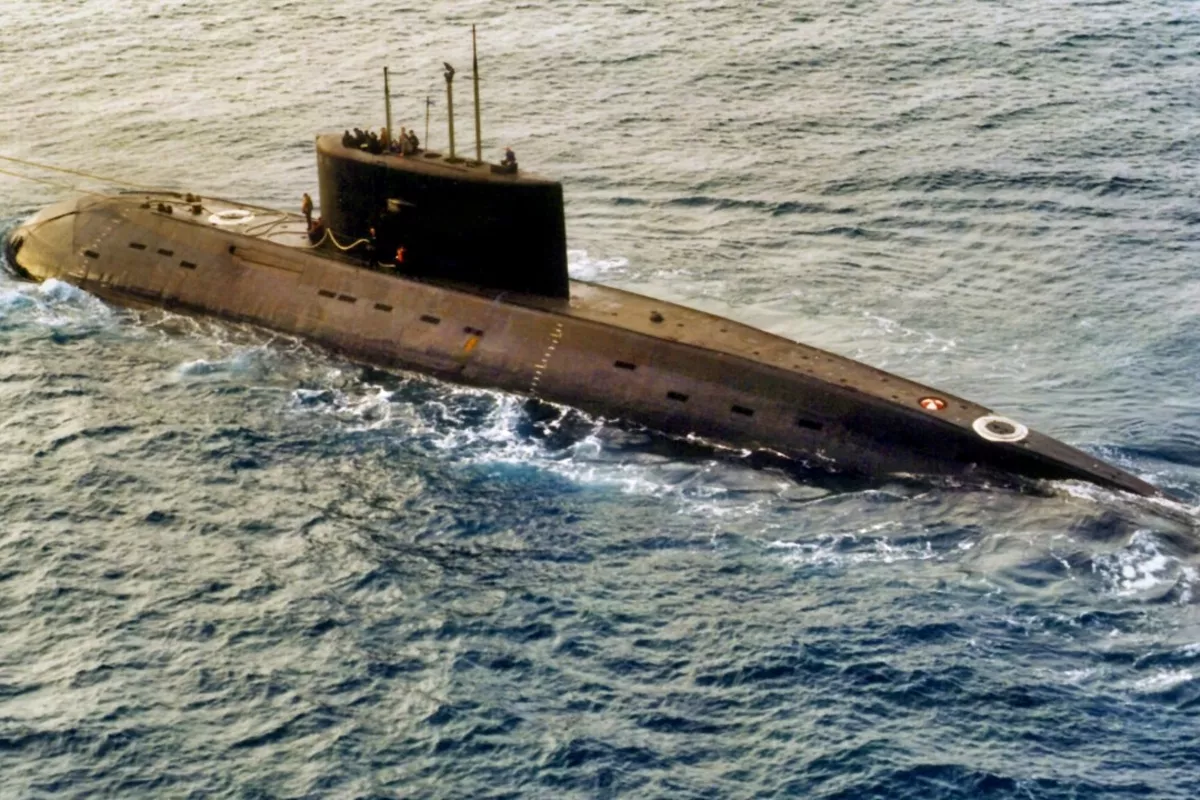
Image Credit: Creative Commons
Iran is enhancing its naval capabilities by incorporating compact submarines and high-speed missile boats, specifically tailored for coastal warfare. This initiative is part of Tehran's asymmetric strategy, aiming to challenge U.S. and allied naval forces in the Persian Gulf through stealth, agility, and saturation tactics.
Iran is reshaping its maritime warfare capabilities with a focused investment in small, heavily armed submarines and fast, missile-equipped surface vessels, The Caspian Post reports citing foreign media.
Defense analysts say the shift reflects a deliberate move away from conventional blue-water power toward a more agile, layered force designed to offset U.S. and allied naval advantages in the Persian Gulf and nearby waters.
Rather than pursuing large, long-range submarines, Iran has concentrated on compact submersibles optimized for operations in shallow coastal environments. Platforms such as the Ghadir-class and the more advanced Fateh-class are purpose-built attack submarines capable of deploying heavyweight torpedoes, laying mines, and launching anti-ship cruise missiles while remaining difficult to detect.
This emphasis on small, low-signature vessels reflects a strategic understanding of the Gulf’s geography. In the narrow, acoustically complex waters of the Strait of Hormuz, stealth and maneuverability outweigh size and endurance. These submarines can exploit the region’s natural noise and clutter, complicating sonar detection by even the most advanced maritime patrol aircraft.
On the surface, Iran is accelerating production of high-speed missile boats and catamaran-style combat vessels. Many of these platforms, including the Shahid Soleimani-class and the long-serving fast attack craft fleet, are armed with Noor and Ghadir anti-ship missiles derived from the Chinese C-802. These weapons can strike targets between 120 and 300 kilometers away, giving Iran a powerful coastal defense network and the ability to project threat envelopes across major shipping lanes.
The combination of fast boats, mini-submarines, and unmanned systems forms the core of Iran’s asymmetric naval doctrine, sometimes described by Western analysts as a “denial navy.” Instead of matching U.S. carrier groups ship for ship, Tehran’s strategy relies on speed, concealment, and swarm tactics to overwhelm technologically superior adversaries.
When coordinated, these forces can mount multi-domain saturation attacks. Submarines and unmanned underwater vehicles operate below the surface, while missile boats and drones engage targets from above. In such a scenario, even a U.S. carrier strike group could face layered assaults involving torpedoes, sea mines, and cruise missiles launched from unexpected positions.
For the United States and its allies, this evolution presents a growing tactical challenge. Traditional anti-submarine warfare (ASW) systems and fleet defenses are optimized for large diesel-electric or nuclear submarines, not the shallow-water “mosquito fleet” Iran is now fielding. The U.S. Fifth Fleet, based in Bahrain, must increasingly rely on unmanned surveillance, AI-assisted sonar analysis, and expanded littoral patrols to track these elusive threats.
Beyond immediate operational concerns, Iran’s approach creates a strategic dilemma. By raising the cost and risk of naval operations, Tehran effectively deters large-scale deployments in its near waters without needing to match Western firepower. This shifts deterrence from tonnage to perception, a psychological victory that shapes regional behavior even in peacetime.
Neighboring Gulf states such as Saudi Arabia, the UAE, and Bahrain are also adjusting their defense postures. With vital shipping routes exposed to new forms of interdiction, these nations are investing in maritime drones, sensor networks, and counter-swarm technologies to safeguard their economic lifelines.
Adding to this evolving threat matrix is Iran’s quiet push into unmanned underwater vehicles (UUVs). Two prototypes tested in recent years are believed to be transitioning toward operational status, enabling autonomous surveillance and, potentially, remote attacks beyond the reach of human operators.
In essence, Iran is not just building ships and submarines, it is building a concept of warfare tailored to its geography, resources, and adversaries. Compact, agile, and difficult to track, these assets embody a new kind of maritime deterrence that forces the U.S. Navy and its partners to rethink how dominance is maintained in the Gulf.
Share on social media